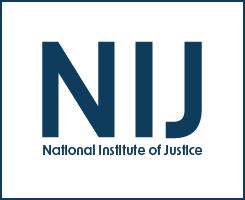Drug use
Monitoring Technologies for Community Supervision
Alcohol and Drug Monitoring for Community Supervision
NIJ Awards $16M to Support Forensic Science Research
On September 26, 2023, NIJ announced $16 million in new funding to support 33 projects under the FY23 Research and Development in Forensic Science for Criminal Justice Purposes solicitation. Through this program, NIJ continues to advance the speed, accuracy, and reliability of forensic analysis, which ultimately bolsters the administration of justice.
Funding Highlights for Fiscal Year 2023
Since 2009, NIJ has invested nearly $300 million...
Detecting Drug Exposure Long After the Fact: New Method Proves Effective
Developing a Portable and Fast Opioid Assessment Tool for Improved Field Decision-Making
Rapid screening and identification of fentanyl in drug mixtures using surface enhanced Raman spectroscopy
Optimizing Analytical Parameters for Detection of Chronic and Single Dose Drug Exposure in Forensic Hair Analysis
The Low-Down on Methamphetamine Isomers: Prevalence and Pharmacology in Humans
Development of a colorimetric breath analyzer for THC
Implementation of NPS Discovery – An Early Warning Systems for Novel Drug Intelligence, Surveillance, Monitoring, Response, and Forecasting using Drug Materials and Toxicology Populations in the US
Cannabis liberalization policies and trends in cannabis-related school-based discipline: Examining sociodemographic disparities in Massachusetts
Etodesnitazene — New Synthetic Opioid Identified During Forensic Death Investigations in the United States and Canada
Can Science Enhance Equity? Findings and Implications From a Study To Detect Bruising on Victims with Dark Skin Pigmentation
This plenary panel from the 2023 NIJ Research Conference features fascinating research on a methodology to improve the detection and documentation of bruises on victims of violence who have dark skin pigmentation. This study highlights the intersection between science, justice, and racial equity, featuring practitioner and victims’ advocacy perspectives. The discussion describes the research and its findings and explore strategies to ensure that this particular evidence-based methodology can be widely implemented by nurse practitioners in the field.
Participants:
See the YouTube Terms of Service and Google Privacy Policy



